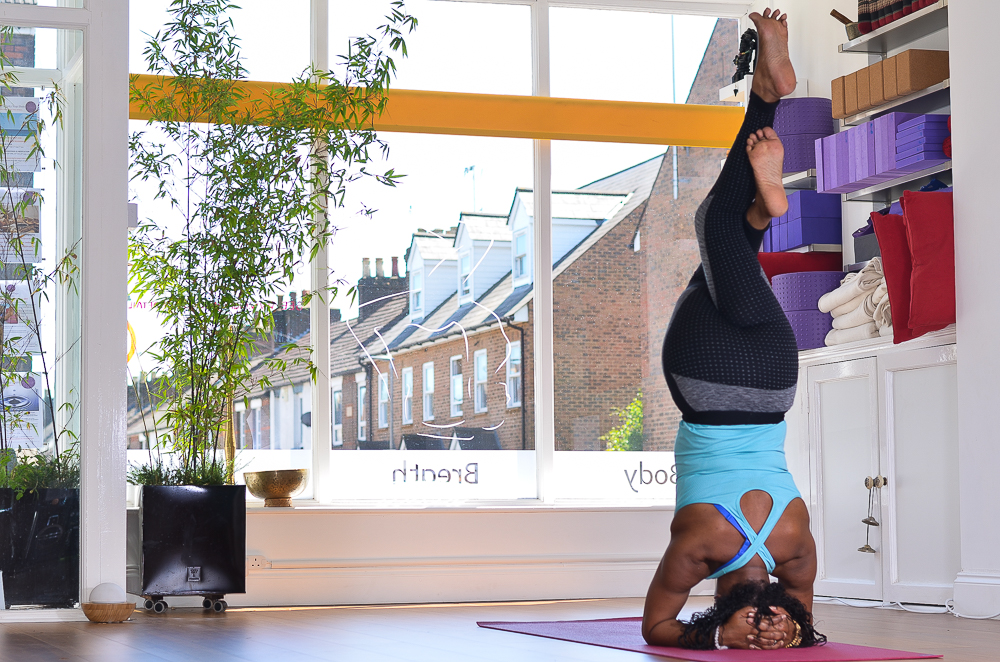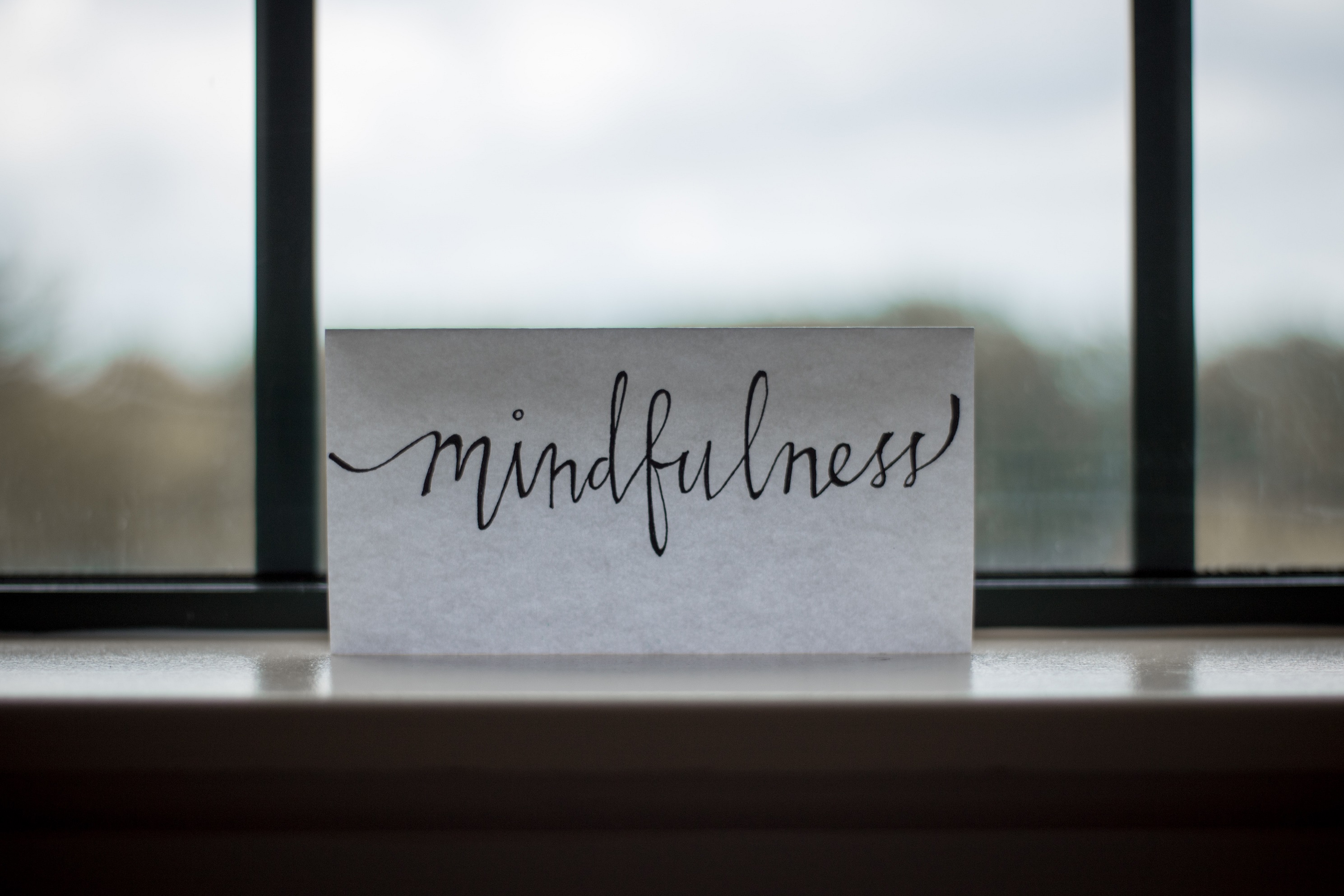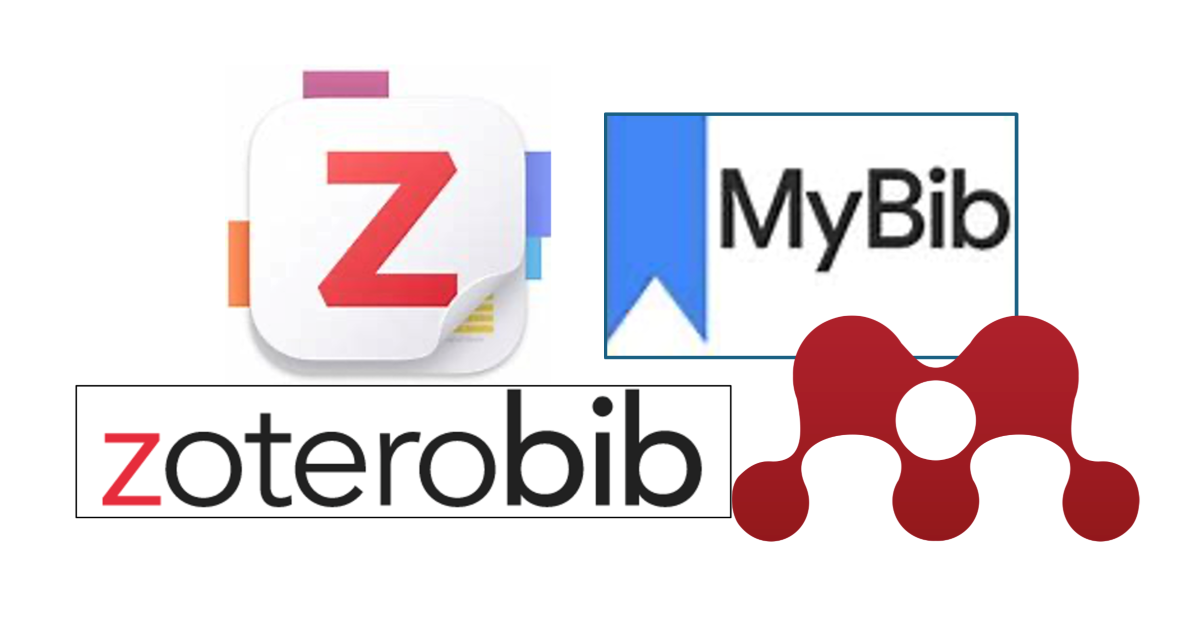10 Questions: How to tackle Study Stress through Yoga…
20/01/2020

Meeting with Melanie Knox; Yoga Alliance Senior Yoga Teacher and Creator of Clarity Yoga Shala who is offering monthly yoga sessions to our Strategic Marketing students in order to help them through study stress (NB. spare places also available to other students and staff)

1. Can you start by telling us a bit about yourself and how you came to start your yoga therapy business?
I started yoga after reading an article in a magazine about Ashtanga Yoga and I was hooked from the first class. And more than the practice it introduced me to interesting people from a range of cultures, religions, and background and life views.
The turning point was when I wanted to excel in the practice so signed up for Teacher Training – and that was when the magic happened. New concepts were illuminated as to how yoga practices supported general health and wellbeing beyond formal education. That was the lightbulb as I simply felt that everyone ought to know the hidden secrets of yoga to help maintain overall positive health. And that was the birth of, my business, Clarity Yoga.
2. How did you get your idea or concept for the business? And what was your mission at the outset?
The core idea for the business was created when I witnessed the relatively high cost of providing a health and wellbeing service as a life-style choice. So from an operations perspective the idea was for teachers with a similar passion to join together and share resources whilst supporting each other so everyone could grow together. From this, the brand name Clarity Yoga Shala was created as a common centre to enable this to happen.
The core service was always about education as many of the traditional treatments – such as Thai Yoga Massage, Yoga Asana and Meditation were delivered within the family home. So by providing our practitioners with knowledge about their practice, they too could share this with their family members.
The brand values are based on yoga philosophy: being non-judgmental, honesty, loyal, caring and providing a space for the client to be open and honest with themselves. We use the practices of Yoga Asana and Meditation and Mindfulness as a way to observe these states of being.
Often this ‘space’ allows the client to come to terms with pressing problems that may have been avoided and sometimes the ‘space’ allows the client to make important decisions.
All treatments are given with ‘metta’ which is tender loving care and the clients wellbeing is always at the fore-front of the treatment.
The brand colours are royal blue and deep magenta as they represent sensitivity and the seed of potential respectively.
The mission on the outset was to teach yoga from an educational perspective so practitioners could understand why they had to move, breath, and focus in particular way and how this could support their mind and body.
3. What style of yoga do you practice and what is your reason for this choice? What have you personally got out of it?
My personal practice is Ashtanga Yoga – as practiced by Sting, Madonna, Gerry Halliwell, Russell Brand (I think) and various other celebrities. It is a practice which embraces all aspects of yoga to bring about the perfect balance of mind body and spirit. For me, it has helped to maintain my strength and flexibility. So far I have evaded and invasive surgery; it has been a stabiliser through traumatic times; it was a vehicle to travel to India, Thailand, Europe and experience life of other cultures as well as their methodology for healing the mind and body. And by healing I mean integrating the bio-feedback between mind, body and consciousness.
4. What are the health benefits of yoga from your perspective?
Calm mind, flexibility, strength, stamina, focus, personal transformation; healthy heart, respiration and digestion (I know this following a recent BUPA health check and happy to report I am in perfect health whilst many of my colleagues in my age group have skeletal problems, respiration problems and find it challenging to cope with some of life’s big struggles), independent thinking and confidence.
5. How long have you been practicing?
20 years now
6. When and how did you decide to work for yourself?
Becoming self-employed was a natural transition from the world of freelancing in the world of advertising from which I gained mid management experience, in some of the leading agencies in London including the Ogilvy and Mather project managing blue-chip clients such as the BBC amongst others.
The glitz of the industry was wearing thin. The aggressiveness of tight deadlines for the end result was starting to feel pointless – especially as I saw first-hand how the pressure and stress was affecting team members and the culture of the industry conflicted with my innate values.
So one day I just decided to stop to formal work to explore how I could be of service whilst being true to my values. So, it was very natural to start advertising my services as a therapist and teaching Yoga. And in the early days I served in a hospice; care homes and with people who were recuperating from drug and alcohol abuse. I say first-hand the effect of excess pressure on people who had not developed or learnt a coping mechanism. And by the same token, how nourishing complete, wholesome relaxation helped with the healing process and how things seem to fall into perspective once they developed a practice which supported their therapy.
7. How did you come to collaborate with Cranfield University?
Some of the faculty from the University attended my lunch time classes at the Students Union; and when an offer was circulated for a Yoga Teacher on an executive development programmes by Praxis Centre, I was recommended by two members of faculty. That was 6 years ago as I have supported course directors on the High Performance Leadership Programme as well as the Executive Retreat Programme and Personal Power & Transformation.
8. What are you offering to our students?
Regular on campus yoga classes (full schedule to be confirmed) in order to practice to support their physical body so they have strength and stamina to carry them through their studies; mindful practices so they can rest their minds from the intense study and find freedom from any associated stresses and pressure so they can find space in their mind to embrace creative thoughts with confidence and believe in themselves. And more importantly, to have a life-style practice to support themselves in their professional career.
9. How do you feel it will help with study/life stresses?
Studies have compared the part of the mind which is stimulated of when someone is in a state of stress to when someone is meditating and interestingly the same area is stimulated. The difference is if that part of the mind is illuminated through a stress response the body is fed with excess adrenaline, the blood capillaries are dilated; there is a build-up of cholesterol in the capillaries; there is greater probability of erratic sleep and digestive problems, focus, energy etc.
When the mind is illuminated from a state of being centred, calm and relaxed the body creates more endorphins, positivity, creativity, focus so more is achieved in a shorter space of time in a more productive way.
Also, when asked executives to rate their state of stress between joining and completing an executive development programme using a validated questionnaire there is an approximate 30% reduction in their perceived reactions to stress. And this could be due to the support they receive encouraging them to embrace an integrative transformational practice such as yoga. This 30% reduction could be the difference between cardiac problems and peak performance.
10. How do people book sessions with you? And if they aren’t on the Strategic Marketing course where else can they find you?
Students and Staff welcome, please contact Vanicha on SAS-MscSM@cranfield.ac.uk to book your place on a first come first serve basis.
The first session is due to run on 28 January at 3pm in LR28 Building 122
(£1 pp for those who aren’t on Strategic Marketing)
If you own a yoga mat, then please bring it along as there will be a handful of mats available though not enough for all.
Please visit Clarity Yoga Shala for classes or to organise skype sessions too.
Whenever I direct a film I become totally immersed in every aspect of the production, it can be an exhilarating as well as an exhausting process. Working with Melanie learning Yoga with an emphasis on pranayama, I have found more focus and energy throughout my week which has improved my work flow and my enjoyment of creating.
David Yates – previously directed the blockbuster “Harry Potter and the Order of the Phoenix,” for which he won an Empire Award for Best Director, and “Harry Potter and the Half-Blood Prince.” As the director of “Harry Potter and the Deathly Hallows,” he helmed both Part 1 and Part 2 (a private student of Mel’s whilst teaching on Cranfield’s leadership programme)
Categories & Tags:
Leave a comment on this post:
You might also like…
A beginner’s guide to sourcing a company beta
Beta is the measurement of a company’s common stock price volatility relative to the market. If you’re trying to find a current beta for a company there are a number of places to look. These ...
Credibility, confidence and collaborative focus: The impact of studying for a sustainability apprenticeship at Cranfield
For participants on Cranfield’s Sustainability Business Specialist Apprenticeship, it doesn’t take long for their studies to start to have an impact, with that impact ranging from personal growth and career progression, to organisational effect ...
Meet Mendeley: a powerful referencing tool that does the hard work for you!
Are you looking for a way to manage your references, create in-text citations and reference lists for your assignments or thesis? If so, you may wish to consider using Mendeley. What is it? Mendeley is ...
Adding documents to your Mendeley account
To make the most of a Mendeley account, it is useful to create and maintain a ‘Library’ of references. You can add references and documents to this Library in a number of ways: 1) Drag ...
Choosing the right reference management tool for you…
Are you thinking about using reference management software to help you manage your references? The Library is here to help you. While Mendeley has been our go-to reference management software for some years, we've recently ...
Cranfield Seed Fund recipient, Cosysense, are using AI to solve air conditioning problems and provide a net zero alternative
If you’ve ever worked in an office environment you’ve probably been involved in, or overheard, a conversation about the air conditioning. Well, it’s no surprise it’s a common complaint when research shows that up ...






